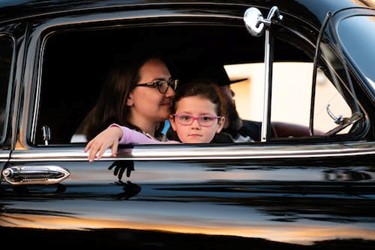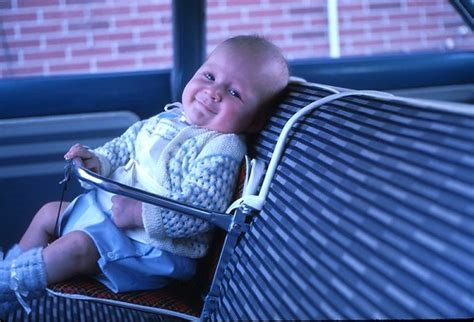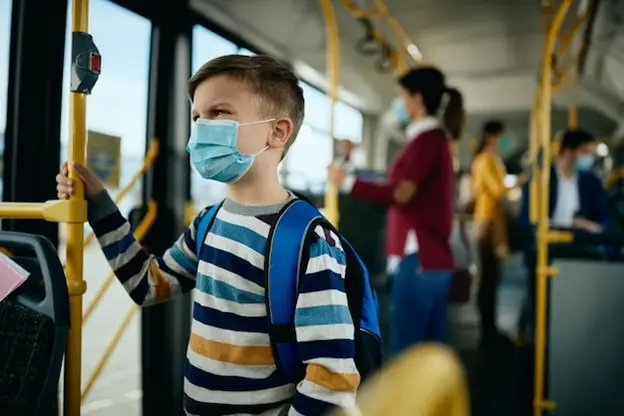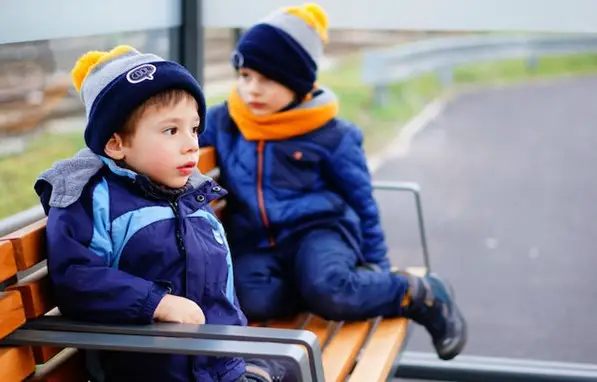Traveling with children can be a daunting experience, especially when it comes to their safety. As parents and caregivers, our priority is always to keep our little ones safe, but sometimes, we may not be aware of all the necessary precautions we need to take.
In this blog post, we will explore some strategies to provide safe transport to children. So, let’s get started.
Understanding the Risks
Before we delve into the strategies to keep kids safe during travel, it's important to understand the risks involved. According to the Centers for Disease Control and Prevention (CDC), motor vehicle accidents are a leading cause of death for children in the United States. Children under the age of 13 are particularly vulnerable, with car crashes accounting for over 600 deaths and 100,000 injuries each year.
Air travel also comes with its own set of risks. Children can be more susceptible to dehydration and motion sickness, while the possibility of turbulence or other in-flight emergencies can also pose a threat.
When traveling with children, it's crucial to be aware of these risks and take the necessary precautions to keep them safe, be it during air or road transport.
Choosing the Right Car Seat
One of the most important steps to take to ensure your child's safety in daily transport service is to choose the right car seat. The appropriate car seat will depend on your child's age, weight, and height.
Infants and toddlers up to two years old should be in a rear-facing car seat in the back seat of the car. Once they outgrow the weight and height limit for their rear-facing seat, they should transition to a forward-facing car seat with a harness. Children between the ages of four and seven should be in a booster seat, while older children can use a seat belt.
Moreover, when choosing a car seat, make sure it meets safety standards set by the National Highway Traffic Safety Administration (NHTSA). Look for a seat with a five-point harness system and consider the ease of installation and use.
Ensuring Proper Use of Car Seats
Choosing the right car seat is only half the battle. Proper use of the car seat is just as important in ensuring your child's safe transport. The NHTSA recommends that car seats be installed in the back seat of the car and that the harness be snug enough that you can't pinch any slack between your fingers.
Additionally, make sure the car seat is properly secured with either the seat belt or the lower anchors and tether. The car seat should not move more than an inch in any direction when tugged on.
Furthermore, it's also important to ensure that the car seat is used for every trip, no matter how short. Even a quick trip to the store can result in an accident, and it's better to be safe than sorry.
Tips for Safe Air Travel with Children
Air travel can be stressful for both children and parents, but there are steps you can take to make the experience safer and more comfortable.
First and foremost, make sure your child has their own seat. While children under the age of two can travel on a parent's lap, the Federal Aviation Administration (FAA) recommends that children have their own seats and use an approved car seat.
In addition to that, be prepared for the possibility of turbulence by ensuring that your child is properly secured in their seat and has their seat belt on at all times. Pack plenty of snacks and drinks to keep your child hydrated and comfortable.
Finally, ensure you have all the necessary documents, such as a birth certificate or passport, and arrive at the airport early to allow plenty of time for security checks and boarding.
Safety Precautions for Public Transportation
Public transportation, such as buses or trains, can also pose safety risks for children. When using public transport with children, always make sure they are seated and wearing their seat belts if available.
If you are traveling through a reasonable transport service, make sure your child is seated in the back of the bus, away from the aisle, to avoid potential injuries in the event of sudden stops or accidents.
Additionally, be aware of your surroundings and keep an eye on your child at all times. Avoid letting your child wander or run around unsupervised, and hold their hand when crossing streets or entering and exiting the vehicle.
Emergency Preparedness
No matter how many precautions you take, accidents can still happen. That's why it's important to be prepared for emergencies and have a plan in place in case of an accident or other unexpected event.
Make sure you have a first aid kit on hand, as well as any necessary medications or medical equipment. If you are traveling by car, consider investing in an emergency kit that includes items such as a flashlight, jumper cables, and a tire repair kit.
Moreover, it's also important to have a plan in case of an accident or emergency. Make sure everyone in your travel group knows what to do in the event of an emergency, such as how to call for help or administer basic first aid.
FAQ
Q: When can my child use a regular seat belt instead of a booster seat?
A: Children should use a booster seat until they are at least four feet nine inches tall and weigh between 80 and 100 pounds.
Q: Can I use a car seat on an airplane?
A: Yes, you can use an approved car seat on an airplane. Check with your airline for specific guidelines.
Q: What should I do if my child gets motion sickness during air travel?
A: Pack plenty of snacks and drinks, and consider giving your child a motion sickness medication recommended by their pediatrician.
Q: Can I use a stroller on public transportation?
A: Most public transportation systems allow strollers but check with your local transit agency for specific guidelines.
Q: What should I do if I'm in a car accident with my child?
A: Call for emergency assistance immediately and check your child for injuries. Even if your child seems fine, seeking medical attention to rule out any hidden injuries is important.
Conclusion
In conclusion, keeping children safe during travel requires planning, awareness, and vigilance. By following these strategies and taking the necessary precautions, you can help ensure that your child stays protected and has safe transport on the road or in the air. Remember, safety should always be your top priority when traveling with children.












